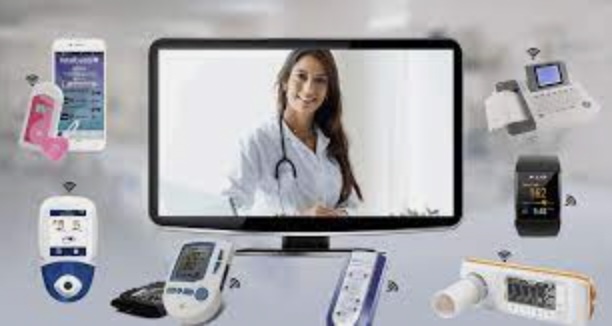Remote patient monitoring services shift care from the hospital to the home, empowering patients and reducing healthcare costs. Learn how RPM services can improve patient outcomes by increasing medication adherence, decreasing readmissions, and reducing emergency room visits and hospital stays.
Health systems can also lower staff shortages and optimize clinical efficiencies with RPM. This technology enables team-based care and a consistent, real-time stream of health data.
Improved Patient Adherence
Providing a patient with the proper handhold to follow a care plan can make all the difference in treatment adherence. In traditionally delivered healthcare, practitioners often only have the chance to monitor a patient’s progress once they leave their medical office.
In addition, remote patient monitoring services can eliminate this barrier by empowering patients to monitor their health. They can use a biometric device to record their vital signs and send the data in real time to their healthcare team, who can then retrieve it and use it as an essential tool for managing their disease and improving outcomes.
This recurring data is crucial in helping patients adhere to their medication and treatment plans. It also enables physicians and other caregivers to identify potential issues that may lead to poor outcomes or additional costs. It also improves the efficiency of the care process and allows clinicians to manage their workflow better.
Prevents Readmissions
Readmissions cost hospitals a significant amount of money, and they negatively impact patients as well. According to the Agency for Healthcare Research and Quality, hospital readmissions average about $15,200 per patient.
Fortunately, remote patient monitoring services can help prevent these unnecessary re-hospitalizations by helping patients adhere to their treatment plans and stay on top of their health. These programs can also alert medical professionals when patients are in trouble and need immediate intervention.
Several studies have shown that patients with cardiac devices who use remote patient monitoring tend to have fewer hospitalizations and lower medical costs than patients who don’t. These programs also reduce in-person visits and free up physicians’ time, which can translate to hospital savings.
Reduces Emergency Room Visits
Remote patient monitoring allows patients to monitor their chronic conditions from their homes. This will enable patients to avoid the hassle and expense of a hospital visit.
This saves patients money and makes healthcare more accessible. And it also helps to improve patient outcomes.
Studies have found that patients who participate in a remote patient monitoring program have an average readmission rate of 2%, compared to 15% for patients not in the program. This can be attributed to RPM giving patients a more comprehensive picture of their condition, including vital measurements like blood pressure, pulse oximetry, heart rate, and blood glucose levels.
Reduces Hospital Stays
Remote patient monitoring can reduce hospital stays for patients who are chronically ill, pregnant, or immunocompromised. This reduces the risk of contracting an infection while also reducing the amount of travel involved to get to care facilities.
In addition, RPM can provide a greater level of clinical insight to providers in between office visits. It can alert them to changes in a patient’s condition and help them to identify symptoms that indicate a worsening.
A recent study from Research found that remote patient monitoring reduced emergency room visits and hospital admissions in one-fourth of healthcare organizations. In addition, the use of RPM resulted in a significant decrease in average hospital charges.
Increases Quality of Life
Remote patient monitoring services can help increase the quality of life for patients by providing them with an opportunity to monitor their condition and progress in real-time. This empowers them to take control of their health and improve their overall quality of life, and it also helps healthcare providers better understand their patients’ needs.
Several studies have shown that patients who use RPM equipment and tablets experience improved satisfaction rates. At the University of Pittsburgh Medical Center, for example, the patient satisfaction rate rose over 90% once patients were equipped with RPM equipment.
Remote patient monitoring also reduces the risk of re-hospitalization and readmission. This is important, as it saves money and improves the quality of care for patients. It can also enhance the work-life balance of providers, which can help them avoid burnout.

